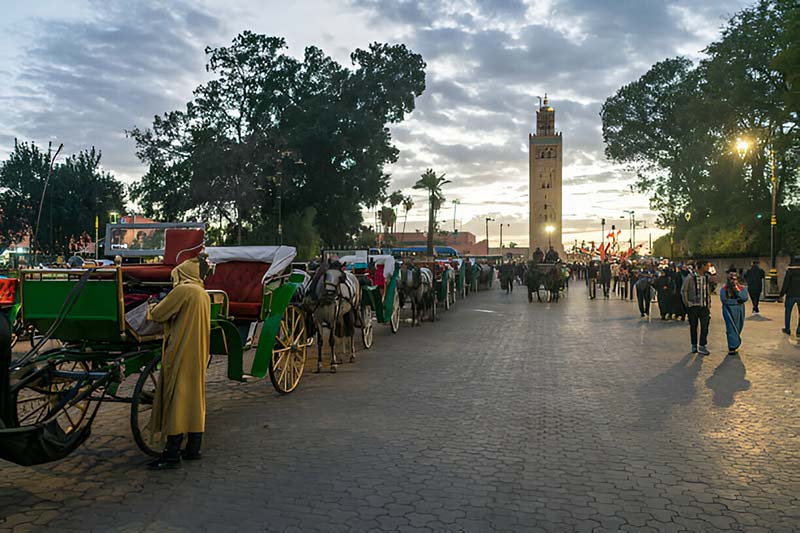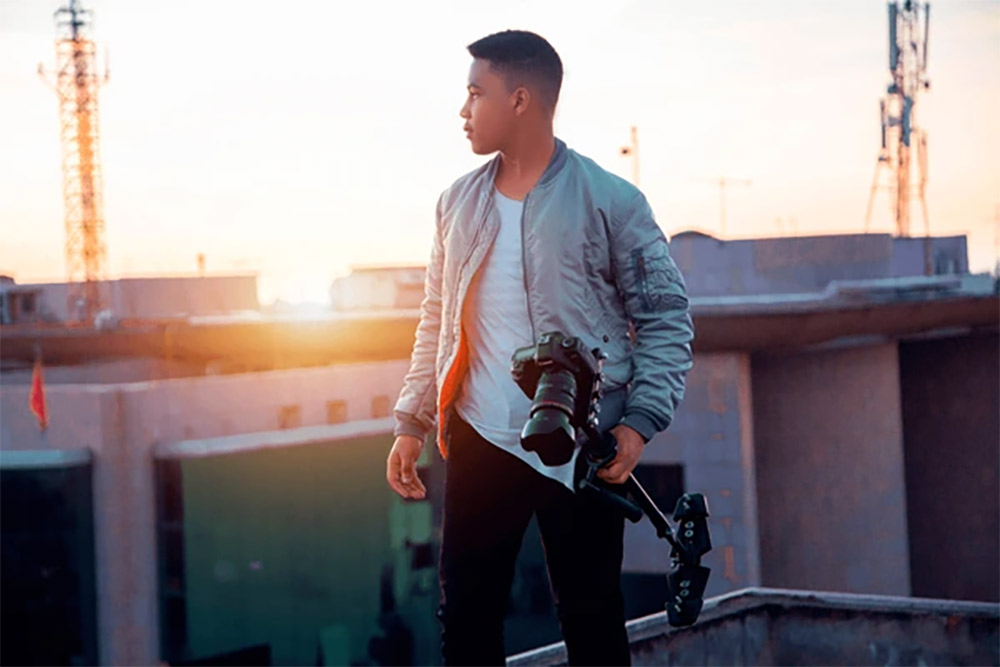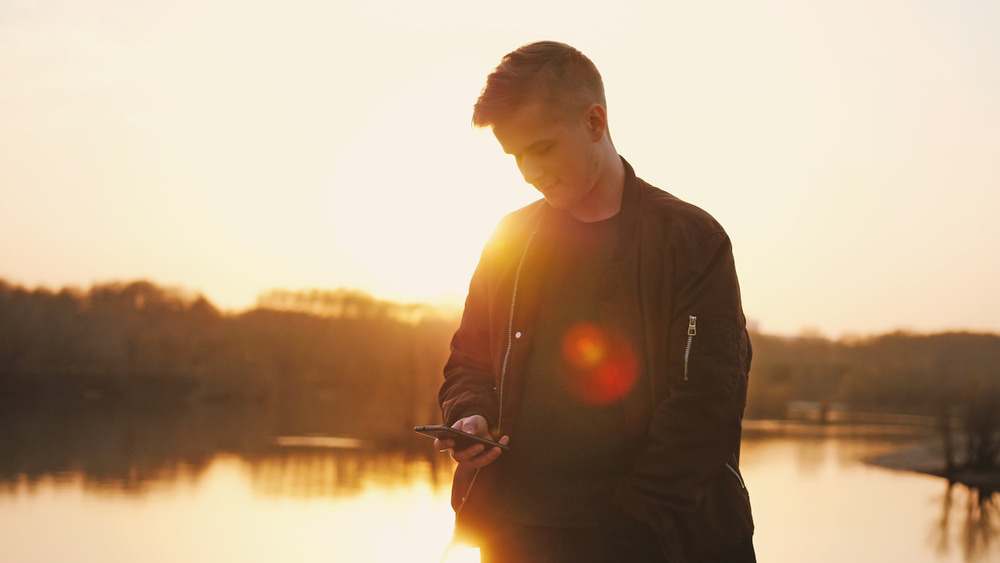Morocco is a dream for photographers. It offers diverse landscapes, vibrant colors, and rich culture. From bustling markets to serene deserts, Morocco has it all. Every corner of this country provides unique photographic opportunities.
You will find ancient cities like Marrakech and Fes, full of history and charm. The blue streets of Chefchaouen are magical and unique. The vast Sahara Desert offers endless dunes and starry nights. The Atlas Mountains are perfect for breathtaking landscapes. Every location in Morocco tells a story, waiting to be captured by your camera.
Importance of Planning for a Successful Photography Trip
Planning is key to a successful photography trip. Knowing where to go and what to bring helps you make the most of your time. This guide will help you prepare and ensure you capture stunning images.
We will cover the best photography spots in Morocco. We will also talk about the essential equipment you need. Finally, we will provide tips on traveling and logistics. This guide will make sure you are ready for your adventure.
Best Photography Spots in Morocco

Jemaa el-Fnaa, Marrakech
Jemaa el-Fnaa is a bustling square in Marrakech. It’s full of life and energy. You’ll see snake charmers, food stalls, and street performers. This spot is perfect for capturing vibrant street scenes and candid moments. Early morning or late afternoon is the best time to visit when the light is soft and golden. Remember to explore the surrounding souks for colorful market shots.
Chefchaouen, The Blue City
Chefchaouen is known as the Blue City. Almost every building is painted blue. This creates a magical, dreamy atmosphere. It’s a paradise for photographers. Wander through the narrow streets and alleys to find the best angles. Capture the contrast between the blue walls and the vibrant flowers. Early morning light is perfect for soft shadows and bright colors.
Sahara Desert
The Sahara Desert offers endless dunes and stunning sunsets. It’s a must-visit for any photographer. The best way to explore is by joining a desert tour. You can capture the golden dunes, starry night skies, and local Berber culture. Sunrise and sunset provide the best lighting conditions. Remember to bring a tripod for night shots and long exposures.
Atlas Mountains
The Atlas Mountains provide breathtaking landscapes and diverse scenery. From snow-capped peaks to lush valleys, there’s plenty to photograph. Visit traditional Berber villages to capture local life. The Toubkal National Park is a popular spot for hiking and photography. The best time to visit is during spring and autumn when the weather is mild and the landscape is vibrant.
Essential Photography Equipment for Morocco

Cameras and Lenses
Bringing the right camera and lenses is crucial. A DSLR or mirrorless camera with interchangeable lenses is ideal. A wide-angle lens is perfect for landscapes and architecture. A zoom lens helps capture distant subjects and details. Remember to pack extra batteries and memory cards.
Tripods and Stabilizers
A tripod is essential for low-light conditions and night photography. It helps keep your camera steady for long exposures. A lightweight, portable tripod is best for travel. If you plan to shoot videos, consider bringing a stabilizer to keep your footage smooth and steady.
Protective Gear for Climate
Morocco has diverse climates, from hot deserts to cool mountains. Protect your gear with weather-resistant bags and covers. Use lens cleaning kits to keep your lenses dust-free. A hat, sunscreen, and plenty of water are also essential for comfort.
Travel and Logistics
Getting Around Morocco
Traveling around Morocco is easy with various options. Trains and buses connect major cities. Taxis and car rentals are available for more flexibility. Plan your routes and book tickets for a smooth journey.
Accommodation Recommendations
Staying in riads offers a unique Moroccan experience. Riads are traditional houses with courtyards, often turned into guesthouses. They are photogenic and provide a cultural experience. Book accommodations close to your photography spots for convenience.
Best Times to Visit for Photography
The best time to visit Morocco is during spring (March to May) and autumn (September to November). The weather is mild and pleasant. Avoid the summer heat, especially in the desert areas. Early mornings and late afternoons provide the best light for photography.
Photography Techniques and Tips
Landscape Photography
For stunning landscapes, use a wide-angle lens to capture the vast scenery. Look for interesting foreground elements to add depth to your photos. Use leading lines to guide the viewer’s eye through the image.
Urban Photography
Capture the essence of Moroccan cities by focusing on the architecture and street life. Look for patterns, textures, and colors. Experiment with different angles and perspectives.
Portrait and Street Photography
When photographing people, ask for permission first. Capture candid moments to show the daily life and culture. Use a zoom lens to capture natural expressions from a distance.
Understanding Light and Timing

Golden Hour and Blue Hour
The golden hour is the first hour after sunrise and the last hour before sunset. The light is soft and warm, perfect for photography. The blue hour is just before sunrise and after sunset, providing a cool, soft light.
Night Photography
Night photography requires a tripod and long exposures. Capture the starry skies in the Sahara or the lit-up streets of Marrakech. Use a high ISO setting and a wide aperture to capture more light.
Compositional Elements in Moroccan Photography
Colors and Textures
Morocco is full of vibrant colors and rich textures. Capture the contrast between the blue buildings of Chefchaouen and the colorful markets. Look for patterns in tiles and fabrics.
Architectural Details
Moroccan architecture is intricate and beautiful. Focus on the details in doors, windows, and mosaics. Use a telephoto lens to capture the fine details from a distance.
Capturing Cultural Events
Morocco has many festivals and events. Capture the energy and excitement of these cultural moments. Use a fast shutter speed to freeze action and a wide aperture for low-light conditions.
Basic Editing Techniques
Software Recommendations
Adobe Lightroom and Photoshop are great for editing photos. They offer powerful tools for color correction, cropping, and enhancing details.
Editing Workflow
Start with basic adjustments like exposure, contrast, and white balance. Then move on to more detailed edits like sharpening and noise reduction. Finish with creative adjustments like vignetting and filters.
Enhancing Moroccan Landscapes
Color Correction
Adjust the colors to make your landscapes pop. Increase the vibrancy and saturation for a lively look. Use selective color adjustments to enhance specific areas.
Detail Enhancement
Sharpen your images to bring out the details. Use clarity and texture sliders to enhance the midtones. Avoid over-sharpening, which can create unnatural artifacts.
Creative Edits and Filters
Using Presets
Presets are pre-made editing settings that can give your photos a consistent look. Many photographers create and share presets for different styles. Experiment with different presets to find the one that suits your photos.
Applying Filters for Moroccan Aesthetics
Filters can enhance the mood and atmosphere of your photos. Use warm filters for desert scenes and cool filters for the blue city. Experiment with different filters to create unique looks.
Cultural Sensitivities and Respect
Interacting with Locals
Respect local customs and traditions. Learn a few basic phrases in Arabic or French to communicate better. Always ask for permission before photographing people.
Photography Etiquette
Be mindful of your surroundings. Avoid blocking paths or causing disruptions. Respect private property and religious sites.
Safety Tips for Photographers
Keeping Gear Safe
Use a sturdy, lockable camera bag. Keep your gear close and never leave it unattended. Use a camera strap to avoid accidental drops.
Personal Safety Tips
Stay aware of your surroundings. Avoid isolated areas, especially at night. Travel with a buddy or in a group if possible.
Connecting with Local Photography Communities
Photography Tours
Join a photography tour to explore the best spots with a guide. These tours often include tips and tricks from professional photographers.
Online Forums and Groups
Connect with other photographers online. Share your experiences, ask for advice, and learn from others. Many online communities are dedicated to travel photography.
Sample Itineraries for Different Trip Lengths
3-Day Itinerary
Day 1: Explore Marrakech, including Jemaa el-Fnaa and the souks.
Day 2: Visit the Atlas Mountains for stunning landscapes.
Day 3: Day trip to Essaouira for coastal photography.
7-Day Itinerary
Days 1-2: Explore Marrakech and its surroundings.
Days 3-4: Travel to Chefchaouen and capture the blue city.
Days 5-7: Join a desert tour to the Sahara for sunset and night photography.
14-Day Itinerary
Days 1-3: Explore Marrakech.
Days 4-6: Visit Chefchaouen.
Days 7-9: Travel to Fes and capture the ancient medina.
Days 10-14: Join a desert tour, visit the Atlas Mountains, and explore more hidden gems.
Balancing Iconic Locations and Hidden Gems
Popular Tourist Spots
Capture the well-known landmarks and busy markets. These spots are popular for a reason and offer great photo opportunities.
Off-the-Beaten-Path Locations
Explore lesser-known areas for unique shots. These places are often less crowded and offer a different perspective on Morocco.
Additional Resources and References
Recommended Photography Books and Blogs
Read books and blogs by experienced photographers. They offer valuable tips and inspiration for your trip. Look for resources that focus on travel and landscape photography.
Useful Apps for Photographers
Download apps that help with planning and editing. PhotoPills help with planning your shots. Snapseed and VSCO are great for mobile editing.
Websites and Forums for More Information
Join photography forums and websites. These communities offer advice, critiques, and support. Websites like DPReview and Reddit’s r/photography are great places to start.
Conclusion
Planning your photography trip to Morocco is essential. Know the best spots, bring the right equipment, and prepare for the journey. Capture the beauty of Morocco with the right techniques and edit your photos to enhance their beauty.
Share your photos and stories with others. Inspire them to visit and capture Morocco’s beauty. Join photography communities and showcase your work.
Morocco is a photographer’s paradise. Its diverse landscapes, vibrant culture, and unique architecture offer endless opportunities. With proper planning and the right techniques, you can capture stunning images that tell the story of this beautiful country. Now, let’s explore the best photography spots in Morocco.
